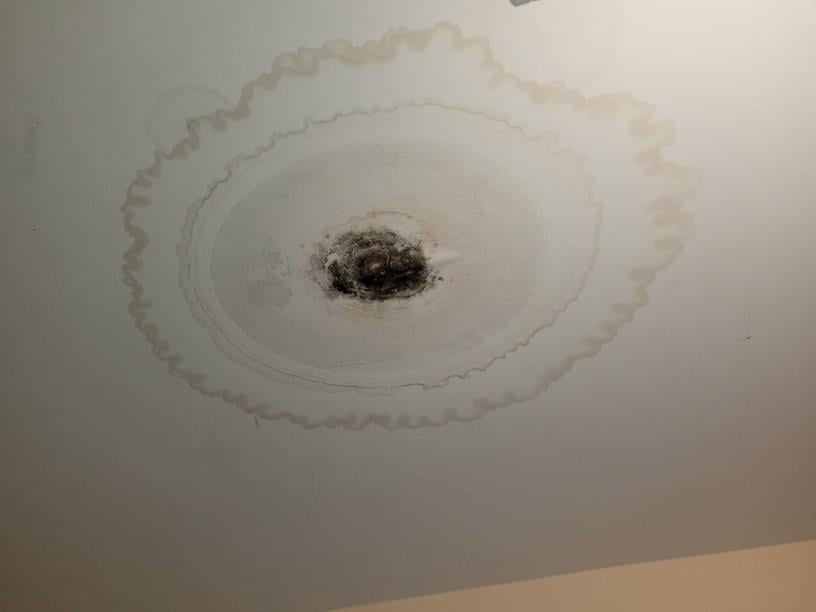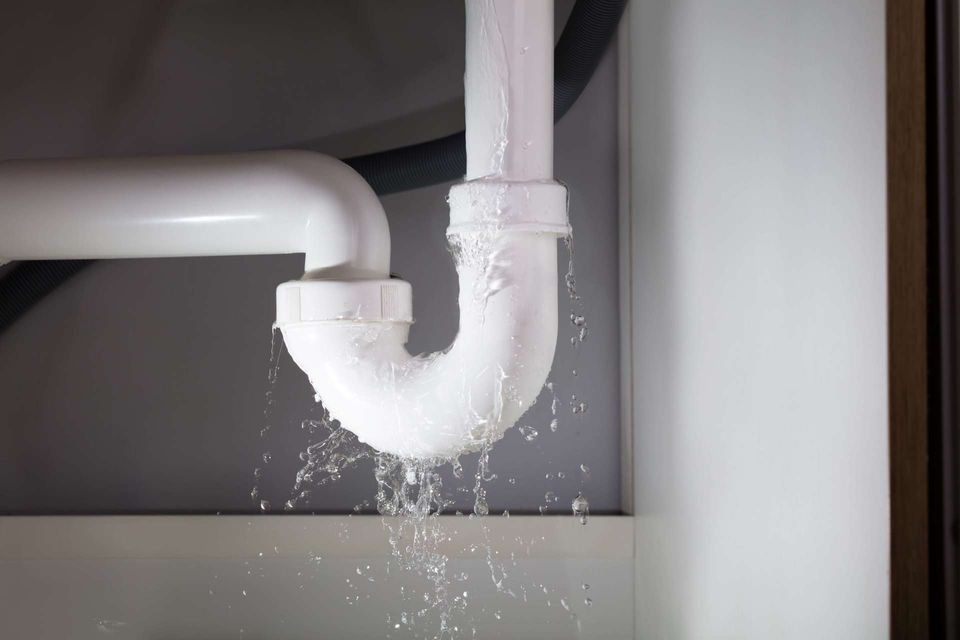This great article listed below pertaining to Hacks to detect leaks is rather attention-grabbing. Don't skip it.

Early detection of leaking water lines can reduce a prospective disaster. Some small water leakages might not be visible.
1. Take A Look At the Water Meter
Every house has a water meter. Inspecting it is a surefire manner in which helps you uncover leaks. For beginners, turn off all the water resources. Ensure no person will certainly flush, utilize the tap, shower, run the cleaning machine or dishwasher. From there, most likely to the meter as well as watch if it will certainly alter. Since no one is utilizing it, there should be no activities. If it moves, that shows a fast-moving leakage. If you identify no modifications, wait an hour or 2 as well as inspect back once more. This implies you may have a slow-moving leakage that could even be below ground.
2. Examine Water Usage
If you find abrupt modifications, regardless of your consumption being the same, it means that you have leaks in your plumbing system. A sudden spike in your costs suggests a fast-moving leak.
On the other hand, a steady boost each month, despite having the very same behaviors, reveals you have a slow-moving leak that's likewise gradually rising. Call a plumber to completely check your home, specifically if you really feel a warm location on your floor with piping underneath.
3. Do a Food Coloring Test
When it comes to water intake, 30% comes from commodes. If the shade in some way infiltrates your dish throughout that time without flushing, there's a leakage between the storage tank and dish.
4. Asses Outside Lines
Do not fail to remember to inspect your outside water lines as well. Needs to water leak out of the link, you have a loosened rubber gasket. One small leakage can squander bunches of water and surge your water expense.
5. Evaluate as well as Evaluate the Situation
Property owners need to make it a practice to check under the sink counters as well as also inside cupboards for any type of bad odor or mold and mildew development. These 2 warnings suggest a leakage so punctual focus is needed. Doing regular assessments, even bi-annually, can conserve you from a significant issue.
Inspect for discolorations and weakening as a lot of devices and also pipes have a life expectancy. If you think leaking water lines in your plumbing system, don't wait for it to escalate.
Early discovery of dripping water lines can reduce a potential calamity. Some tiny water leaks may not be noticeable. Checking it is a guaranteed way that helps you find leakages. One tiny leak can lose tons of water and surge your water expense.
If you presume leaking water lines in your plumbing system, do not wait for it to intensify.
How to Know If Your Home Has a Hidden Leak
Water Meter Reveals Inexplicable Water Usage
If you’d like to test whether or not there’s a leak somewhere in your home, you can do this using your water meter. Here is how to conduct the test:
Don’t use any water in your home for at least 30 minutes; this also means not turning on faucets or water-using appliances.
Go outside, and check your water meter for activity.
If your water meter shows that there was activity, even though no one was using any water, this proves that there is a leak in your home.Visible Mold or Mildew Growth
Leaks behind walls create moist, dark environments that allow mold and mildew to grow and thrive. Eventually, you might see mold growth forming on the wall closest to a hidden leak.
If mold is growing in an area that receives a high amount of moisture, such as a bathroom, it may simply be an indication that better ventilation is needed. However, if you see mold growth on a wall or the ceiling in an area where you would not expect, you probably have a hidden leak.
Musty, Mildew Odor
Sometimes you might not be able to see the mold or mildew that is growing as a result of a leak. However, the smell can give the problem away just as easily. If you catch a whiff of something musty, there’s a good chance that old water is collecting somewhere in your home that you can’t see.
Stained/Warped Walls, Ceilings, or Floors
When your home soaks up water, a variety of red flags can become visible, including ceiling stains, bubbling drywall, warped walls, and sagging floors. While these issues can be caused by excess humidity, they can also be signs that a pipe or plumbing connection has started leaking behind your walls.
Inexplicably High Water Bill
After a while, you get a general sense for what your water bill should be. If you own a pool or sprinkler system, your bill will tend to be higher during summer. However, if you receive a water bill that seems especially high, and you can’t figure out what caused it, then you may have a hidden leak somewhere that’s increasing your bill.
https://www.plumbingjoint.com/blog/2019/july/how-to-know-if-your-home-has-a-hidden-leak/

We were shown that write-up about Detecting hidden plumbing leaks through an associate on a different web blog. Those who enjoyed reading our blog entry plz remember to pass it around. I recognize the value of reading our article about Hacks to detect leaks.